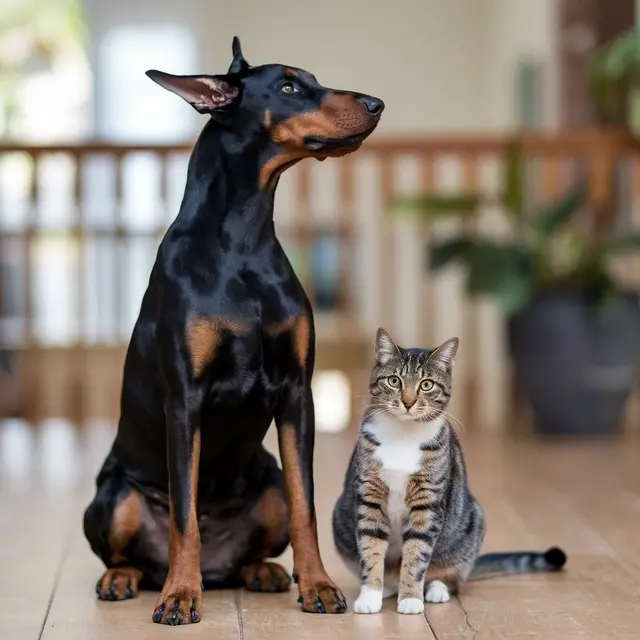-

·
Are Dobermans Good With Cats?
If you’re wondering If Dobermans can live with cats, the answer is yes — but only under the right conditions. Dobermans are known for their intelligence, loyalty, and trainability, capable of forming peaceful or even affectionate relationships with feline companions. However, successful Doberman and cat compatibility depends on early exposure, consistent training, and understanding both pets’…